‘The Last of Us’ Season 2: Here’s What to Expect
- Oops!Something went wrong.Please try again later.
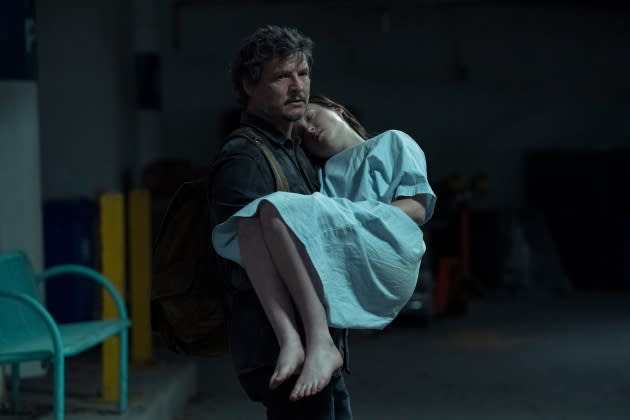
This post contains spoilers for season one of HBO’s The Last of Us, as well as minor spoilers for The Last of Us Part II (PlayStation 4).
It’s official – the first season of HBO’s The Last of Us has come to an end, leaving viewers (8.2M to be exact) teary-eyed and adrift, wondering what’s next. After all, the television adaptation closed out in near-identical fashion to its video game inspiration with an extremely ambiguous ending — one that fans of the game debated for the better part of a decade. But with Season Two hopefully beginning to film later this year, new audiences shouldn’t have to endure the seven-year wait players did between Parts I and II of the PlayStation original.
More from Rolling Stone
Related
‘The Last of Us’ Delivers a Heartbreaking Season Finale
They Fought for Diversity in Gaming. Then the Abuse Began
5 Key Differences Between ‘The Last of Us’ HBO Series and Video Game
But where does the story go from here? Here’s what we know based on both Season One of the show and the source material.
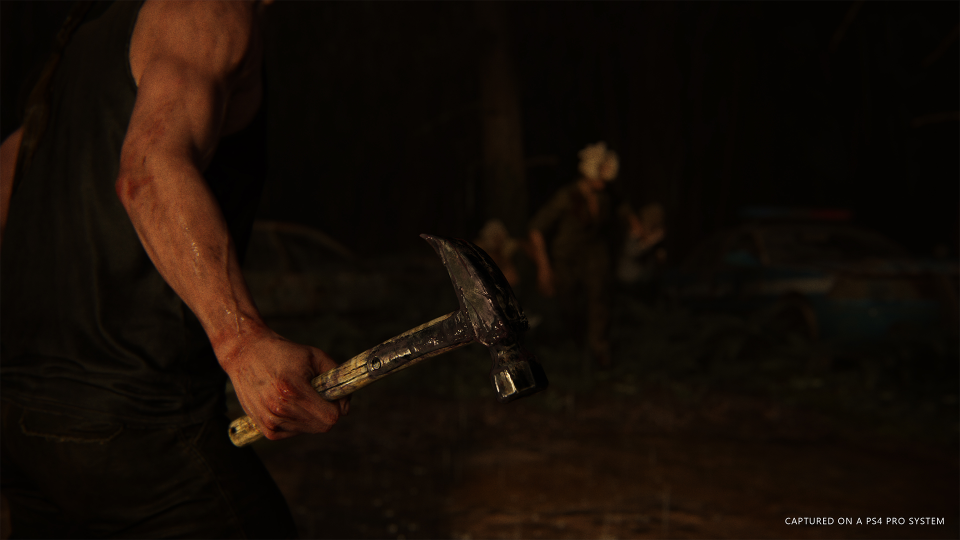
New Settings and Players
Designed as a Jack Kerouac-esque American odyssey, Season One of the show brought Joel and Ellie on a cross-country road trip from Boston to Salt Lake City, with some pit stops along the way. But in the end, they make their way back to Jackson, Wyoming, where they intend to settle down. Given the tenuous nature of their relationship in the final scene, it’s fair for fans to wonder if they’ll actually be able to make a life there. But there’s a roadmap.
Showrunners Craig Mazin and Neil Druckmann have already stated that Season Two (and likely three) will follow the second game in the series, 2020’s The Last of Us Part II. Without spoiling much, that game picks up five years after the ending of the first game, and the show’s current endpoint. Ellie is a little older, more mature and at 19, the current age of series star Bella Ramsey. Expect a little work to be done in the costume design and makeup department to give older Ellie that college undergrad-meets-apocalypse vibe (including the mandatory early adulthood tattoo). Joel, too, ages some, but not in any ways that should threaten his mantle as TV’s internet daddy.
Some of the biggest changes will come from the introduction of new characters, all of whom will play crucial roles in expanding the world of The Last of Us. The adaptation already has a leg up in this department by spending more time on supporting players in Season One than the game ever did, but Season Two will up the roster of recurring characters in ways that go beyond the somewhat slice-of-life vignette style of the initial outing. Putting it another way, not every guest star will be introduced only to exit the story (or this mortal plane) by the next episode.
One of the famously controversial shifts from The Last of Us Part I to Part II was the addition of more playable characters beyond Joel and Ellie. As a device, it opened up the world in surprising and terrifying ways, allowing players to experience different perspectives.
The showrunners have already laid the groundwork for this in Season One by shifting perspectives to supporting characters like Bill and Frank, Henry and Sam, as well as the opposition with Kathryn. Through this, viewers are already trained for more multi-faceted storytelling in ways that gamers weren’t quite prepared for in 2020.
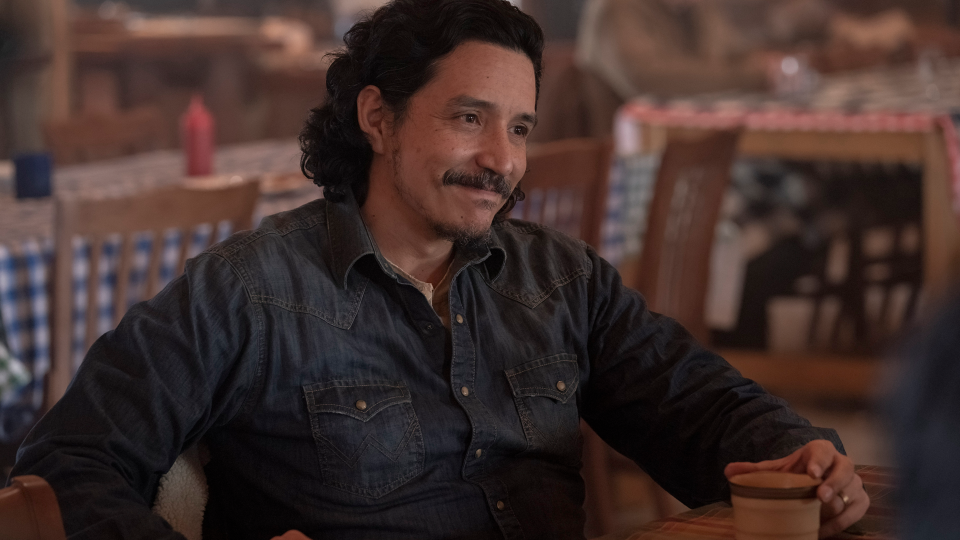
An Expansive Scope
The enlarged character roster will bring a massively expanded scope. The story of The Last of Us is often spoken of as a masterful execution of simplicity. It’s linear, following a year’s time through four seasons, each broken down into smaller chapters or vignettes — a structure the show has followed to a tee (as a fan, I was able to accurately guess the content covered in each of the nine episodes before ever seeing the premiere). And by removing all the gameplay encounters and merging some similar narrative beats, the showrunners were able to streamline the entire first game into just nine episodes with unbelievable accuracy.
Narratively, the second game is roughly twice the length of the first, and we already know that the adaptation will spread that story across multiple seasons. The story of Part II could comfortably span two seasons with the same kind of faithfulness seen the first time around.
The showrunners have also gone on record stating that they don’t intend to invent more story outside of the games, and there’s been no official announcement of a third installment. With that, fans may want to prepare for a show that adheres to HBO’s respect for brevity and willingness to allow series to end when the creators see fit (see: Watchmen, Succession) rather than artificially dragging it on forever (see: anything on Showtime).
The biggest mysteries lie in storytelling structure. Unlike the first game’s linear story, the second follows a more novelistic approach with sprawling multi-act narratives told from multiple overlapping perspectives and some major rug-pull moments that consistently recontextualize things the player has already experienced.
It’s a much more complicated story in both format and content and, although not as intentionally obtuse as something like Westworld, could test the patience of some viewers. It’s entirely plausible that we could see something closer to what fans loved about HBO’s other monster hit Game of Thrones: multiple branching narrative threads following different individuals or groups that play out parallel to each other on a collision course.
This is speculative, of course, but given the downright slavish devotion to the source material, it’s safe to assume that there will be some kind of major shakeup to the formula.
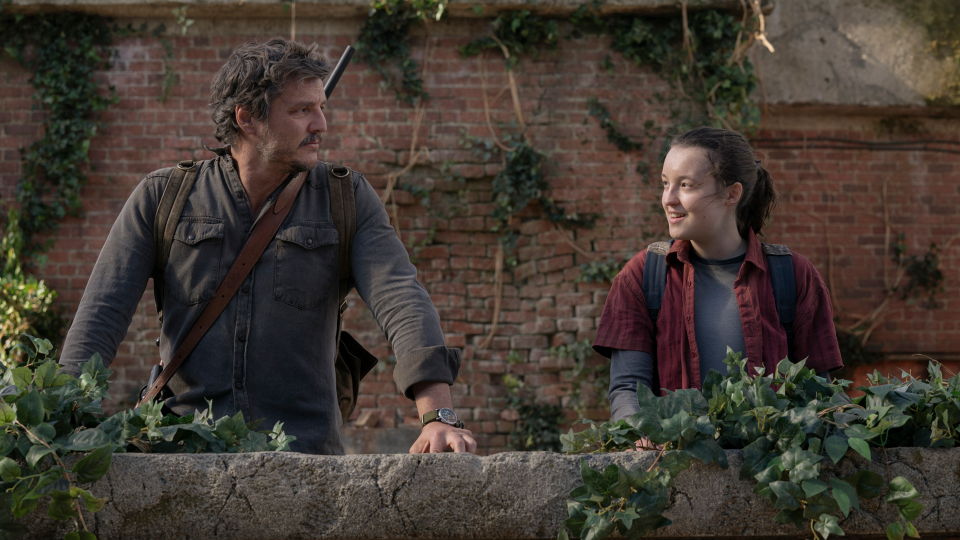
Familiar Themes
One of the most pervasive themes of the first season is the duality of love. It can be our salvation or destruction (sometimes both). Whereas much of this exists in the first game as subtext — as did certain characters’ sexual identity — it’s front and center in the sequel.
In retrospect, the second game, released in 2020, feels like co-creator Neil Druckmann coming to terms with being more open about his intended themes in way that would later inform the HBO series. What might’ve required a Trojan horse in 2013 is fair game in 2023.
Spoilers aside, fans can expect the same tear-inducing highs and sorrowful lows as the first season, but amplified as the story goes bigger, better, and harder on all of the themes that built the foundation for the first season. Viewers should expect to see an evolution of the themes in Season One — the prism through which love impacts us all — as well as the consequences for perpetuating cycles of violence.
Going back to the notion of subtext, one of the best additions to the show from the game was a willingness to be overt about sexuality with characters like Bill and Frank, as well as create space for new characters of diverse ethnic and racial makeups (Florence and Marlon). Part II famously made strides in this area, building out a supporting cast of characters across the spectrum, including major players that deliver deeper representation from the LGBTQIA+ community.
Season One arrived at a time when trans rights are being actively threatened across the nation, and The Last of Us Season Two will likely arrive at a time when representation and the protection of trans rights as human rights will be more timely than ever before.
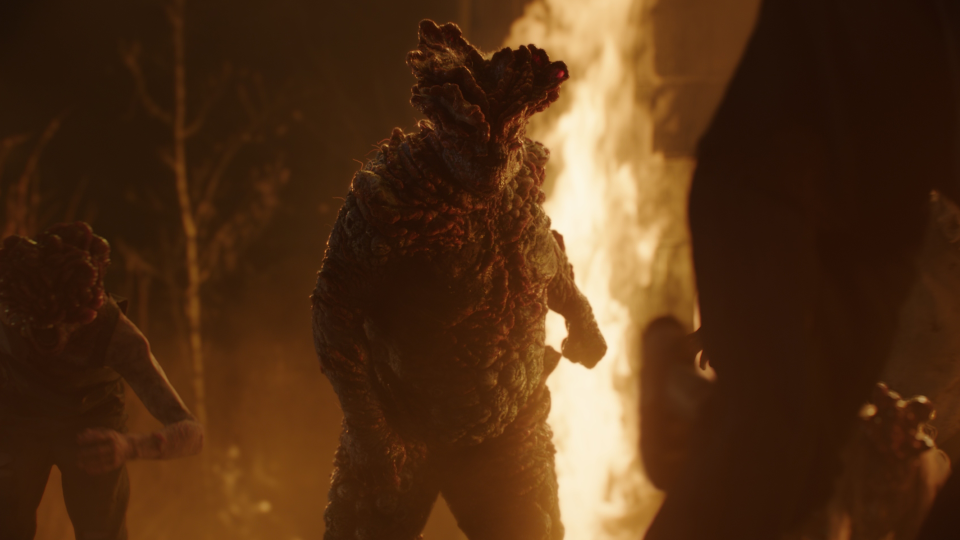
New Forms of Infected
Besides its compelling plot and fantastic characterization, one of the best aspects of Season One was the phenomenally-realized Infected brought to life. They were so impactful that some viewers felt they hadn’t seen enough of them. It’s true that the showrunners pulled back on the Infected, using them sparingly for maximum effect but, in a recent interview, they promised that we’ll be seeing much more of them moving forward.
What will we see exactly? In the first season, the primary form of Infected shown were the visceral waves of “Runners” (stock zombie type) and of course the series mascot/nightmare fuel, the “Clickers.” In Episode Five, as part of the show’s largest set piece, we also get an up-close-and-personal look at the giant “Bloater” who makes short work of Perry’s skull. But could there be something even worse?
The Last of Us Part II featured a number of new types of Infected, including the stealthy and nimble “Stalkers” who could add another layer of horror as they silently appear from just about anywhere, unlike their noisier brethren.
And while we’ll save the best secrets for the show itself, there may be some things that are bigger and infinitely more grotesque than Bloaters — things that will bring a Cronenbergian sense of horror and physical disgust that will cause many sleepless nights post-air.
But as we all know, the true horrors of The Last of Us stem not from the literal monsters, but the monsters within. So expect to see more groups of raiders, the return of FEDRA, militias and rebels, and entirely new factions who will lean into social constructs and moral conundrums not yet explored by the show.

Consequences and the Cycle of Violence
Lastly, what can we expect from both the physical and emotional fallout of Season One? In his paternal rage, Joel carved a bloody path through an entire platoon of Fireflies in Salt Lake City before executing their leader, Marlene. Whether or not he was justified, that will not be forgotten.
The show has been very good at organically weaving in teasers and Easter eggs for Season Two, primarily for series veterans, but many astute first-time viewers have picked up the trail as well. Who was the young woman curiously gazing at Ellie during her first visit to Jackson? Why did the camera hold for so long on the executed surgeon during Joel’s Salt Lake City massacre? Will Ellie ever learn to play guitar!?
On its arrival, Part II was an extremely divisive game that became embroiled in a flashpoint moment post-GamerGate, firmly entrenched in a Trump-struck world. Setting aside the trolls and bad-faith arguments, much of the backlash came from the fact that the sequel was inherently a response to and a deconstruction of the beloved first game.
While Part I told a layered story of moral dubiousness, many players opted to take it at surface value, eschewing all nuance and subtext about the dangerous line between love and obsession, and how violence is perpetuated.
They had no such luxury with the second game, which took aim at the characters’ actions as well as the player’s own complacency in the violent proceedings.
Given how much of that subtext became actual text in the transition from PlayStation to HBO, there’s comfort in the fact that the next season shouldn’t be as jarring to television viewers as it was to gamers, as these questions of moral ambiguity have already bubbled to the surface in Season One.
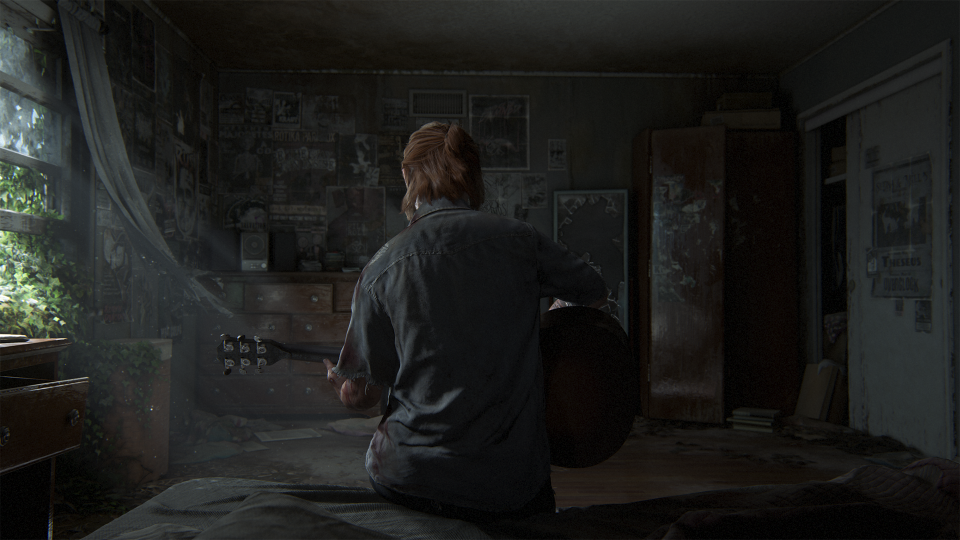
So when can we expect Season Two? Likely not for a long time. It was announced immediately after the second episode’s premiere, and there’s hope that it may begin filming as soon as this year, but given the level of craftsmanship that went into the first season (the giraffe was real), a premiere date could be anyone’s guess.
The silver lining is that the longer production cycles may give developer Naughty Dog more time to work on a hypothetically third installment in the series, which they may or may not be doing.
Until then, fans will just have to endure and survive.
Best of Rolling Stone

